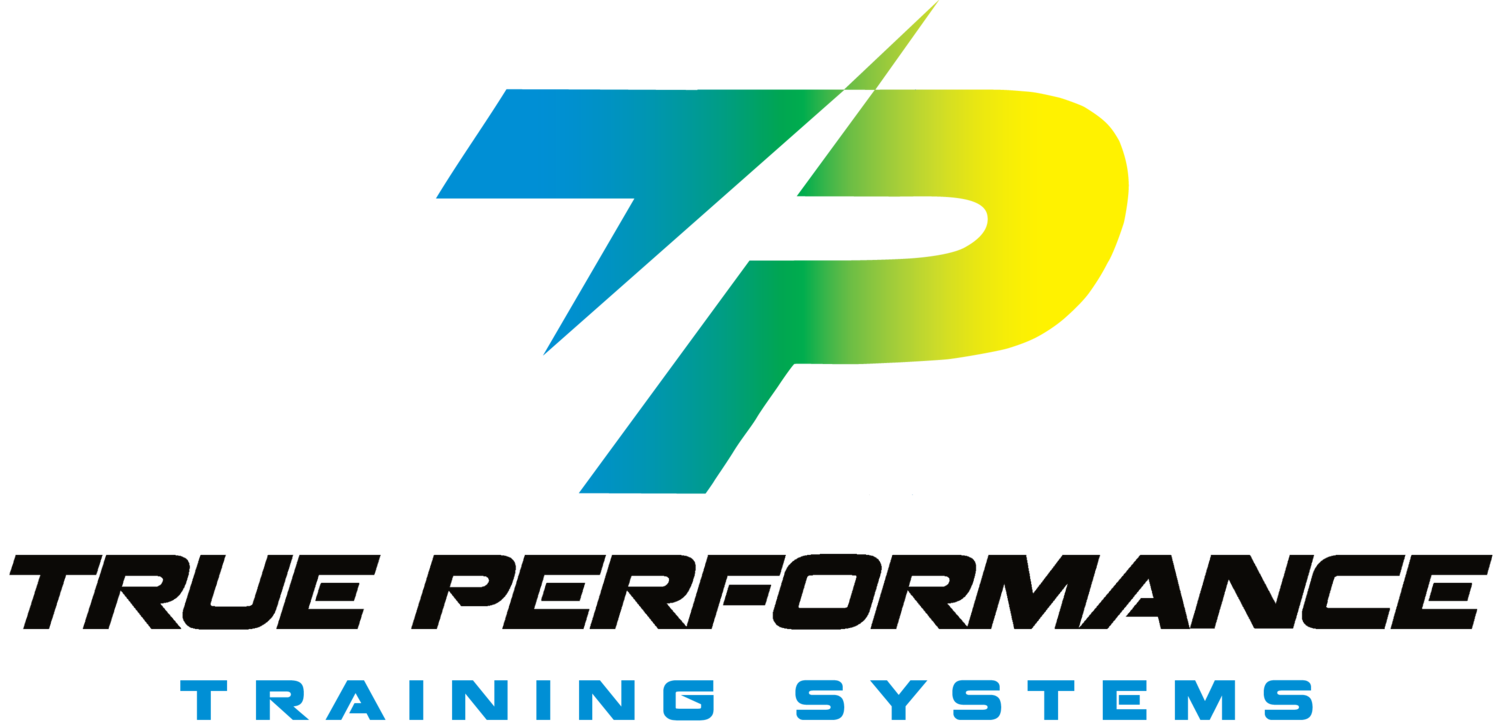Ain't Broke, Don't Fix It
As athletes we are always searching for an edge in competition. A way to be more aero, or make our bodies more efficient, but at what point do we look at something and say its working well so lets leave it like it is? Bike fits are a tough subject, everyone has their own opinion on how a bike should fit, but is one better than another? Ultimately the goal of a bike fit is to fit a rider on their bike so that they are as aero as possible without making the rider uncomfortable and without decreasing power output.
As a coach I will rarely send an athlete for a bike fit unless they look like they need some help on their fit, or if they are complaining of a particular issue. A lot of coaches I have been in contact with recently, esspecially long course triathlon coaches are all about sending athletes to get bike fits. Sometimes these fits are conducted by out of town bike fitters. Why send the athletes to get a fit if everything seems to be working out very well? The other crazy thought is sending an athlete to an out of town bike fitting expert. While not all cities have a great shop to get a bike fit at, Nashville has some great fitters locally. A local fit offers a lot that an out of town fit can't. If you get fit at a local shop you have easy access to visit the person that did your fit. If you have problems its a pretty easy fix. If you have to travel getting a few tweaks is much more difficult.
I often take the same approach to swim and run form. If the athlete is doing something that is putting them at risk for injury or is very inefficient then I will show them how to correct it. Often times if an athlete tries to make too many changes to their form at once they will struggle to perform well. When making large changes to an athletes form, especially if the athlete has been competing for a long time, changes must be small with a larger goal in mind.
This post has a lot of random thoughts combined into it. Ultimately when it comes to trianing, everything must be based in science, if changes need to be made, make them slowly. If the athlete is comfortable with the way they are doing something and there isn't anything wrong with it then don't change it
